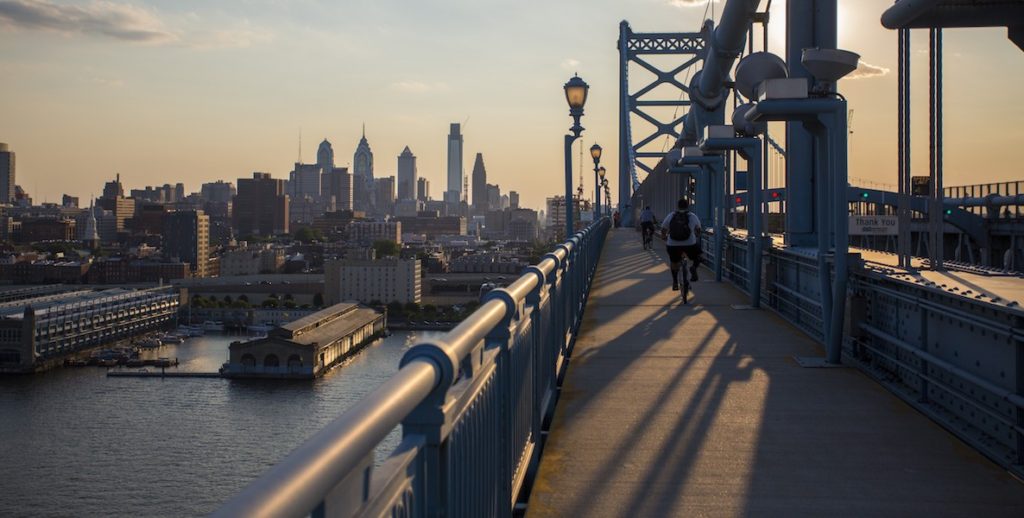To celebrate a century of service in the greater Philadelphia region, the Philadelphia Foundation this summer will donate $1 million to nine area nonprofits—and the organization wants all of us to help choose the winners.
In the spring, nearly 200 community organizations applied for the Foundation’s $1 million Key to Community grants initiative. The Foundation narrowed it down to 15 finalists An online poll will choose which nine of those will receive some prize money. Three first place winners will receive $200,000 each; three second place $100,000; and three third place winners $33,000. Leaders from the nine winning organizations will also be invited to the Philadelphia Foundation’s Leadership Institute in the fall of 2019.
“Our mission as a community foundation is to create more connections and help alleviate need within the community,” says Ramos.
Pedro Ramos, Philadelphia Foundation President and CEO, says the one-of-a-kind public grantmaking goes to the heart of the Foundation’s mission: Civic participation. In particular, Ramos says, they were inspired by the idea of voting, a civic duty that brings people and organizations together. And it seems to be working: So far, more than 70,000 people have voted.
![]()
“Voting has gone way beyond our expectations,” Ramos says. “And the great thing: Organizations that previously did not have a large social media presence are up and alive now. We always want to equalize the grantmaking process and show that every organization, big or small, can apply for funding.”
![]()
The finalists are organized into three categories—Economic Prosperity; Opportunity Divide; and Community and Civic Engagement—and include small and large organizations, usually around a specific project. So far, the winning entries at more than 8,000 votes each, are HACE, for a plan to make home ownership more accessible to North Philadelphia families; Philadelphia Youth Basketball, to double the size of its middle school basketball program; and ECA Knight Training Center for HVAC training for people returning from prison. Other entries include Philabundance Community Kitchen, to double the size of its culinary training program; Girls, Inc., for STEM programming; and PCCY to train parents to become advocates for their children.
![]()
“This grant initiative is an opportunity for us to really bring greater public attention to the work that is being done by nonprofits that we depend on in many ways,” says Ramos.
The public call for help is a way for everyday Philadelphians to be armchair philanthropists, even if they lack the means to contribute their own funds. Ramos said in the spring when he announced the initiative that he hopes it can be a trigger for even greater involvement, whether through volunteering, or gathering with neighbors, or working together to solve a problem in the community. As part of its centennial celebration, the Philadelphia Foundation is also extending its programming in previously unseen ways—reaching out to younger audiences and leading community engagement efforts around the city. In March, for example, the Foundation led a group of future and past partners, supporters and other organizations to paint a public mural at the Museum of the American Revolution.
It is all for the purpose, Ramos says, not of being a final capstone of the past 100 years, but as a way to kickstart the organization’s future.
“Our mission as a community foundation is to create more connections and help alleviate need within the community,” says Ramos. “Among these needs are opportunities, solutions, and resources that are both monetary and involve public engagement, awareness and citizenry. Public events like these allow both needs to be met.”

